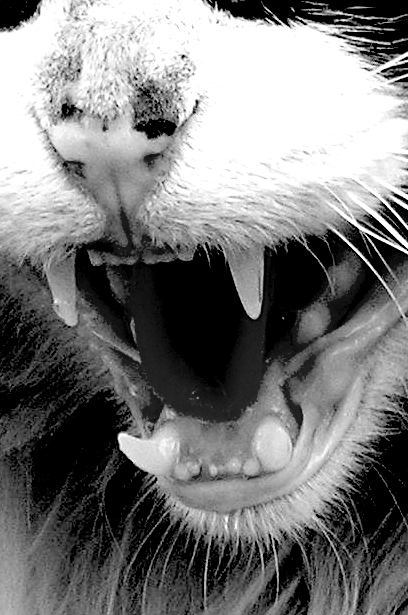Fires, felines and fences tested in NT
 A review has found feral cat exclosures have had a positive impact on local reptile populations in the NT.
A review has found feral cat exclosures have had a positive impact on local reptile populations in the NT.
In areas where cats were excluded, reptile abundance increased at twice the rate of cat-accessible plots.
The study also shows that cats’ hunting ability dramatically increases in the wake of a fire.
Six, 64-hectare cat areas were outlined within Kakadu National Park, and a research project between the Northern Territory Government and Parks Australia has collected data spanning November 2013 to November 2015.
Two of the plots were fenced with floppy tops preventing cats from entering, but the fence mesh was large enough to allow small native animals to move in and out.
Four of the plots remained unfenced to provide a comparison.
NT environment department researcher Dr Graeme Gillespie says three experimental treatments were applied to the plots to compare and contrast responses of reptile abundance and richness to predator exclusion in areas of frequent fire;
· Predator exclusion and fire suppression
· No predator exclusion and fire suppression
· No predator exclusion and no fire suppression
Dr Gillespie said a total of 2,647 individuals of 31 species of reptile from eight families were caught across seven sampling sessions, all of which were within the prey size range for feral cats.
“The research found that the combination of feral cats and high intensity fires adversely impacted reptile abundance,” Dr Gillespie said.
“A cat’s hunting efficiency was dramatically improved in situations where there was low ground cover, usually the result of high intensity fire.
“It is likely that, in the short term, the most effective mechanism for reducing predation impacts by cats on native fauna in tropical savanna regions of Australia will be through intensive fire management, aimed at reducing the extent, frequency and intensity of fire.
“Our findings also suggest that feral cat predation may be having a much larger impact on reptile diversity than previously recognised, and could be an important contributing factor to increasing their extinction risk.”







 Print
Print